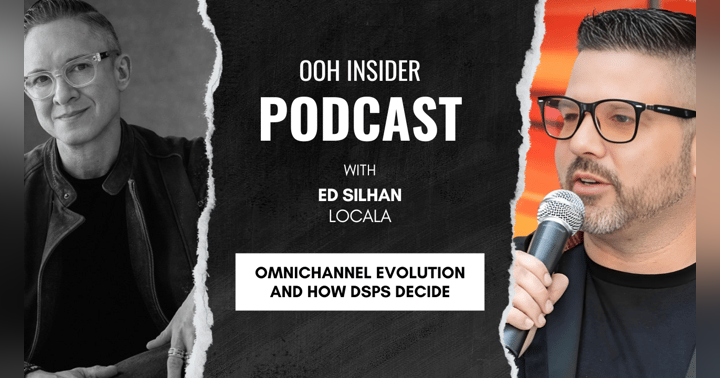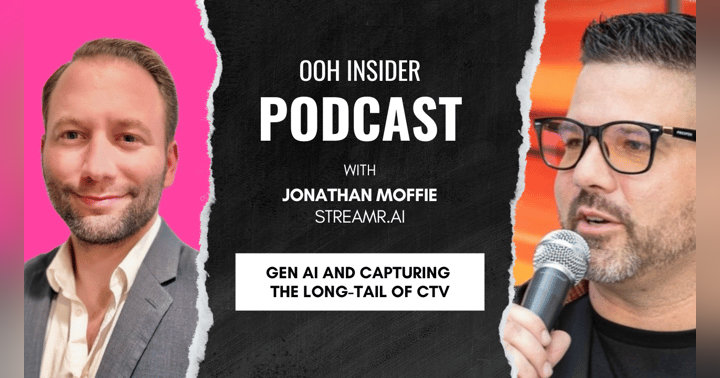Web3 For Dummies: Web1 to Web3 - Embracing Decentralization and The Use Cases For OOH Advertising

The Evolution of the Web: From Web1 to Web3
The evolution of the web can be traced through three distinct phases: Web1, Web2, and Web3.
Each phase represents a significant shift in the way we interact with the internet and the capabilities it offers and understanding this evolution is crucial to grasp the significance of Web3 and its impact on how we buy and sell everything, including media...and especially, offline media like OOH advertising.
Web1: The Read-Only Web
Web1, also known as the read-only web, emerged in the early days of the internet. During this phase, websites were primarily static and served as repositories of information. Users could browse and consume content but had limited opportunities for interaction or contribution. Websites were created and controlled by a few entities, and users had no means to actively participate in shaping the online experience.
The read-only web relied on technologies like HTML (Hypertext Markup Language) to structure and display content. Websites were designed as one-way communication channels, with information flowing from the website owner to the users. Popular examples of Web1 websites include early versions of news portals, online encyclopedias, and static web pages.
Web2: The Interactive Web
Web2, often referred to as the interactive web or the social web, marked a significant shift in internet usage. This phase introduced dynamic websites, social media platforms, e-commerce, and user-generated content. Web2 empowered users to actively participate, share, and interact with information online.
Social media platforms like Facebook, Twitter, and Instagram became prominent, enabling users to connect with others, share content, and engage in online communities. E-commerce platforms like Amazon and eBay transformed the way we shop and conduct business online. Web2 also witnessed the rise of blogging platforms, discussion forums, and content-sharing websites, where users could create and share their own content.
Web2 relied on technologies such as JavaScript, CSS (Cascading Style Sheets), and server-side scripting to enable interactivity and dynamic content. Websites became more personalized, offering tailored experiences based on user preferences and behavior. However, Web2 still relied heavily on centralized servers and platforms, where user data and control were concentrated in the hands of a few entities.
Web3: The Decentralized Web
Web3 represents the next phase in the evolution of the internet, characterized by decentralization, transparency, and user empowerment. It aims to address the limitations of Web1 and Web2 by leveraging technologies like blockchain, smart contracts, and decentralized applications (DApps).
Decentralization is a core principle of Web3. Instead of relying on centralized servers and platforms, Web3 distributes power and control among participants. Blockchain technology plays a crucial role in enabling this decentralization, ensuring transparency, security, and immutability of data and transactions.
Smart contracts, self-executing agreements coded on blockchain platforms like Ethereum, automate and enforce the terms of an agreement. They eliminate the need for intermediaries and enable trustless transactions between parties.
Decentralized applications (DApps) are a key component of Web3. These applications operate on blockchain platforms and do not rely on a central authority. DApps offer various functionalities, from decentralized finance (DeFi) platforms that enable financial services without intermediaries, to NFT (non-fungible token) marketplaces that revolutionize digital ownership.
Web3 aims to empower users with greater control over their data, online identities, and digital assets. It promotes privacy, data ownership, and user autonomy while fostering a more open and inclusive internet ecosystem.
In the following sections, we will delve deeper into the key features and components of Web3, exploring concepts such as decentralization, smart contracts, blockchain, cryptocurrencies, and the potential impact of Web3 on various aspects of our digital lives.
Want to see what Web3 actually looks like and get a better understanding of the potential uses?
Check Out My Recent Appearance In The Metaverse Here. This specific version is built on the same gaming engine used to build the Grand Theft Auto series, so you will quickly understand the use cases.
And listen to this episode of OOH Insider to round out your understanding of how Web3 and the metaverse can be used for offline media and OOH marketing.


